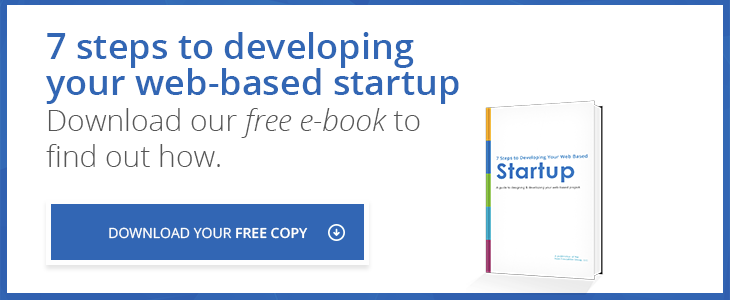It’s not uncommon for those kicking offing a SaaS project to look for ways to cut their budget, especially early on when finances are tight. Probably every entrepreneur agrees that cutting back on perks and extraneous personnel is necessary at the start, but taking shortcuts with your brand is not.
A perfect example of an area one shouldn’t skimp on in the early stages of a SaaS project is the actual development process, especially when it comes to selecting the platform on which to build it. Unfortunately, in the interest of saving money, people do often try to cut corners here by choosing WordPress to power their SaaS.
Building on WordPress can be easy, we’ll give them that, and it's hard to get cheaper than free. But when it comes to consistent performance, customized features, and security, WordPress simply doesn't deliver.
If your customers expect professional service, easy-to-use technology, and tools that won't let them down, it isn't smart to build your SAAS platform on WordPress. Here are four reasons why:
1. Customization And Modifications Get Messy
You'll notice that when most people discuss building their SaaS on WordPress, they use the phrase "on top of WordPress." What this means is that their software service isn't actually an integrated part of WordPress itself.
Since WordPress was built primarily as a content management system (more on that in a bit), you'll have to be innovative when it comes to leveraging WordPress technology for accurate delivery of your customized software product.
True, your SaaS platform will function, but because WordPress is a separate entity, your platform's functionality is limited. Plugins and add-ons are helpful, but they aren't flexible enough to develop customized features.
Essentially, this means your software is bound within the constraints of a template. When you attempt to break or alter the template, you’ll work with a variety of plugins, each with its own purposes and code. The result can be plugins that don't integrate or support one another, which may eventually turn your SaaS into a house of cards just waiting to collapse.
It takes quite a bit of patience and technical knowledge to resolve these issues. Once you've found solutions to these problems, WordPress might issue an update that either makes the fixes obsolete or opens the platform to other problems and technical issues.
2. Security Breaches
WordPress is useful in a range of ways, from content management to web development, and even SaaS platforms. We’re not really arguing that, especially when it comes to very small ventures that don’t require much thought in effort. But it’s that very fact that WordPress has so many uses, coupled with its dependence on open-sourced plug-ins, that means you’re looking at a multitude of potential entry points into your SaaS platform from malicious outsiders.
We’ve already covered this topic recently on this blog, but it does bear repeating: WordPress is not the most secure CMS out there. Every update fixes holes in security, but it’s only a matter of time until new ones are discovered and exploited.
3. Central Features Become Lost And/Or Muddled
WordPress, as mentioned earlier, is a content management system. It’s designed to publish content on the Web. Anything extra is put "on top" of this system.
In other words, if your central feature or purpose is not content management, then building your service on top of a content management system is counterintuitive. Your purpose becomes muddled as you adjust your product to a delivery system that simply isn't meant to support it.
Though this might seem like a scenario that can work in the short-term, consider what that means for your customers. When they want to scale up or when you are ready to scale up, your service will be limited and the overall user experience will likely suffer.
4. Can You Even Call It SaaS?
Tech industry giant Gartner Research defines SaaS as a service in which the provider "delivers software based on one set of common code and data definitions that is consumed in a one-to-many model." In this sense, it's hard to even claim that a SaaS built on top of another delivery system qualifies as a true SaaS.
Your users are expecting a platform that is highly functional and is built on one set of common code. A SaaS platform on WordPress is not that. Although WordPress is extremely useful and powers a number of high-end sites like Mashable and Fortune 500 companies, you need to make these critical decisions not just based on your wallet, but on what will actually work for your SaaS.



